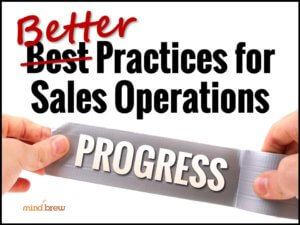If we asked you to name a predator that is really successful at catching its prey, what animal would you pick?
You might be tempted to choose one of the big African cats. Maybe the lion. With their muscular frames, large teeth, and razor-sharp claws, lions look fearsome. And we do call them the kings of the jungle (even tough they don’t actually live in the jungle.)
In actuality, even with all of its physical assets, a lone lion is successful at catching prey that it targets less than 19% of the time. If a lion is in a pack led by a female, its odds of success go up, but only to about 25%.
However, there is another well-known animal that succeeds at catching the prey it targets about 97% of the time. And while it probably wasn’t one of the first animals you thought of when you read the word “predator,” you’ve almost certainly seen one in the wild. So what is this ferocious beast?
The dragonfly.
Surprised?
Like the lion, the dragonfly has a lot of physical characteristics specialized for hunting. It has sharp mandibles. Eyes that can see 360 degrees. Four wings that it can control independently when striking prey. And while its brain has only 16 neurons, its nervous system is highly specialized for hunting.
And on top of all those killer features, the dragonfly has another really important thing going for it: it lives in target-rich environment.
You see, the lion eats fairly large mammals like zebras and wildebeests. The dragonfly, by contrast, eats other insects, like flies. And while there are plenty of wildebeests in Africa — about 1.5 million — there are a whole lot more houseflies. By one estimate, there are about 17 million flies per person on the planet. If you do the math for the roughly 8 trillion people in the world, that’s 136,000,000,000,000,000, or 136 quadrillion, flies.
That’s a lot of potential targets for the dragonfly.
As you probably already guessed, we see a sales lesson in all this dragonfly science.
No, we don’t think you should find a way to bionicly engineer your salespeople so that they have mandibles and four wings. You don’t even need to rewire their brains.
But you do need to give them a target-rich environment.
Salespeople will naturally improve their odds of success if they know who to target and which prospects to avoid. They’ll waste less time on the deals that have a low chance of working out and if they are focusing attention on the prospects that they’re likely to catch.
What can sales ops do about that? Sales ops is in an ideal position to look at the data to determine which targets are ideal. Your team can then concentrate its sales and marketing efforts on those ideal targets.
If you aren’t sure how to figure out which types of customers are ideal, SellingBrew has plenty of resources to help. Check out these:
- How to Identify & Target Your Best Prospects
- Recognizing Seven Deadly Targeting Mistakes
- Targeting Your Most Profitable Prospects
Scientists have determined that the dragonfly’s neurons fire only when it sees objects about the size of a fly—in other words, objects that it has a good chance of catching and eating. By training your sales team to recognize which prospects they can catch and win, you’ll help them achieve a success rate that is a little bit closer to the dragonfly’s.














